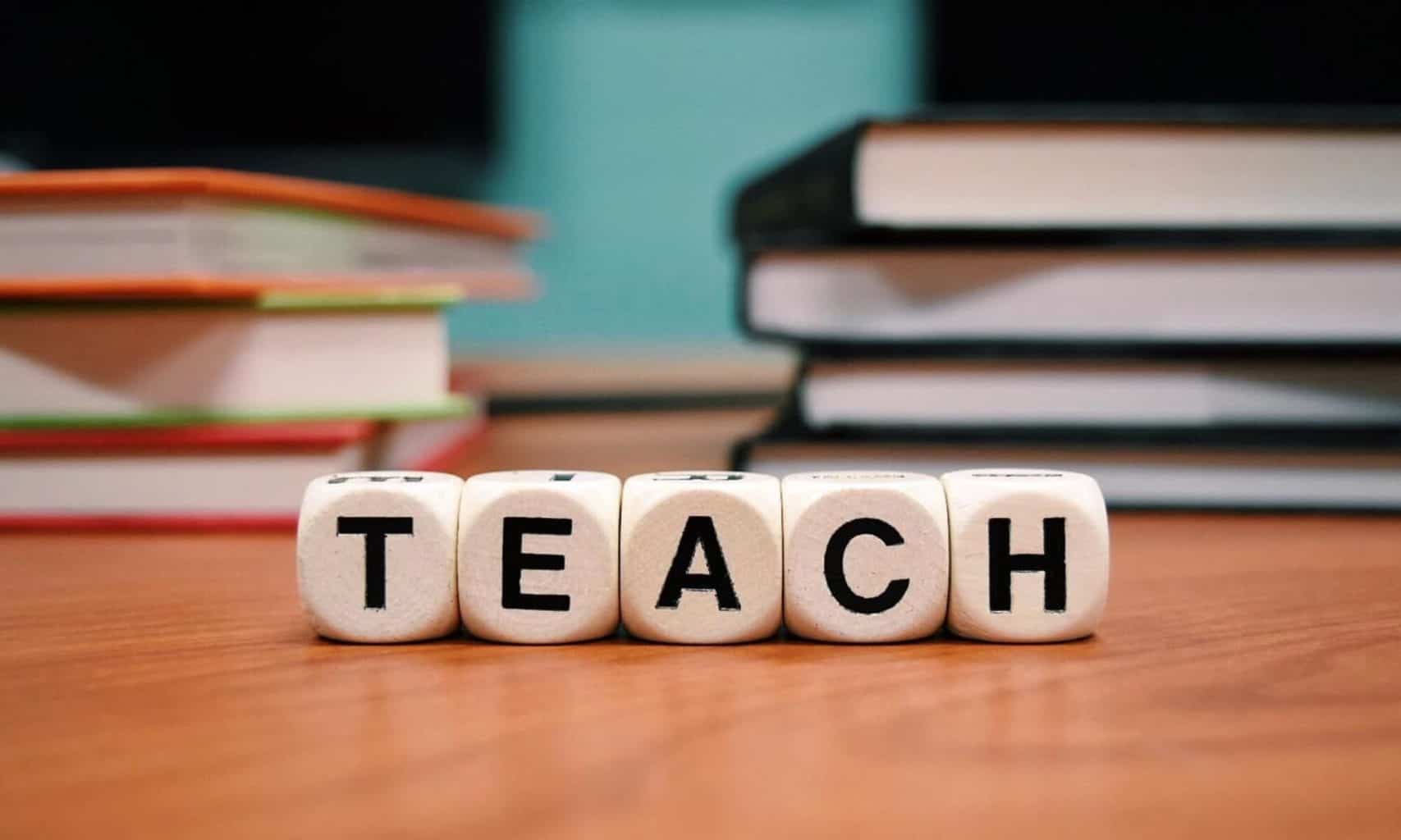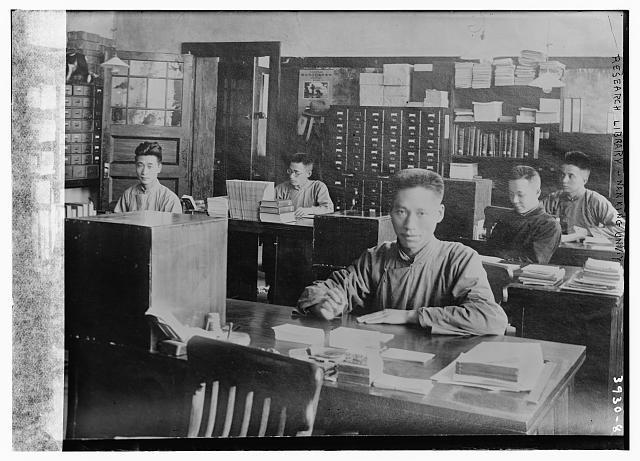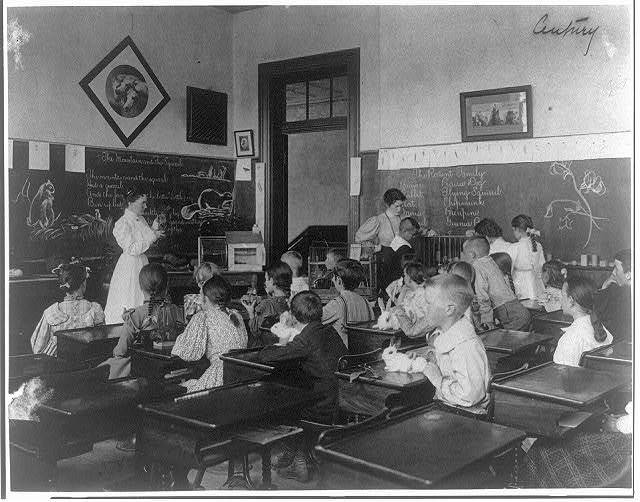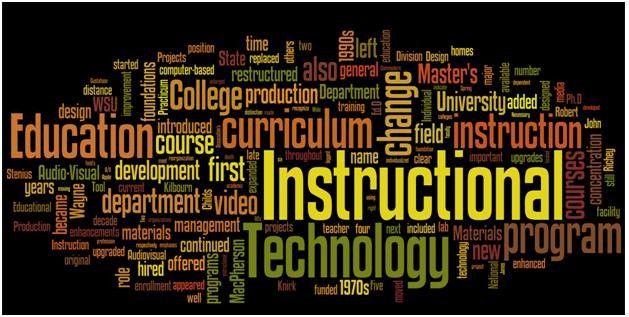Prompt: Write a blog post in response to our class on digital history.
The idea of using digital tools such as Twitter, NY Times Chronicle, or GapMinder have just as many pros as they do cons. From experiencing using tools such as Twitter in the classroom I believe it can be a great leverage for teachers who are engaging with a very technology literate generation. During a recent ED class, my peers and I used Twitter as a device to hold discussions not only with each other, but with other Social Studies teachers across the nation. Due to the limited character count I was forced to paraphrase my thoughts, which I think is a fun and novel way to get students to really grapple with understanding their own ideas, and how they can convey it in a concise explanation. After experiencing a lesson such as this myself, i witnessed just how focused students could be if guided to use this tool correctly. The cons of using Twitter in a high school or even middle school, in comparison to a college class, is the fact it is a social media, and can easily distract students.
Other tools such as NY Times Chronicle or NGram though are fascinating. Although there is still that fear that students will get distracted and use these tools for whimisical pleasure, it allows students to have a visual and chronological understanding of a word of phrase, and give rise to new curiosity as why it is displayed on the graphs as so. How I would use these digital tools in my own class I for a lesson I am still not sure of, but I’m sure something will come to mind later in the future.



